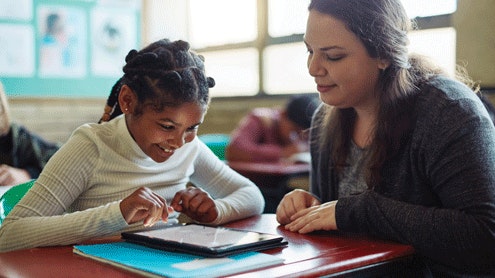Homepage
•
Learning Library
•
Blog
•
Research Connections: Bringing the ISTE Standards to more classrooms
Expand breadcrumbs
Expand breadcrumbs
- Learning Library
- Blog
- Research Connections: Bringing the ISTE Standards to more classrooms
- Homepage
- •
- Learning Library
- •
- Blog
- •
- Research Connections: Bringing the ISTE Standards to more classrooms
Research Connections: Bringing the ISTE Standards to more classrooms
By Brandon Olszewski, Ph.D.
September 30, 2020








